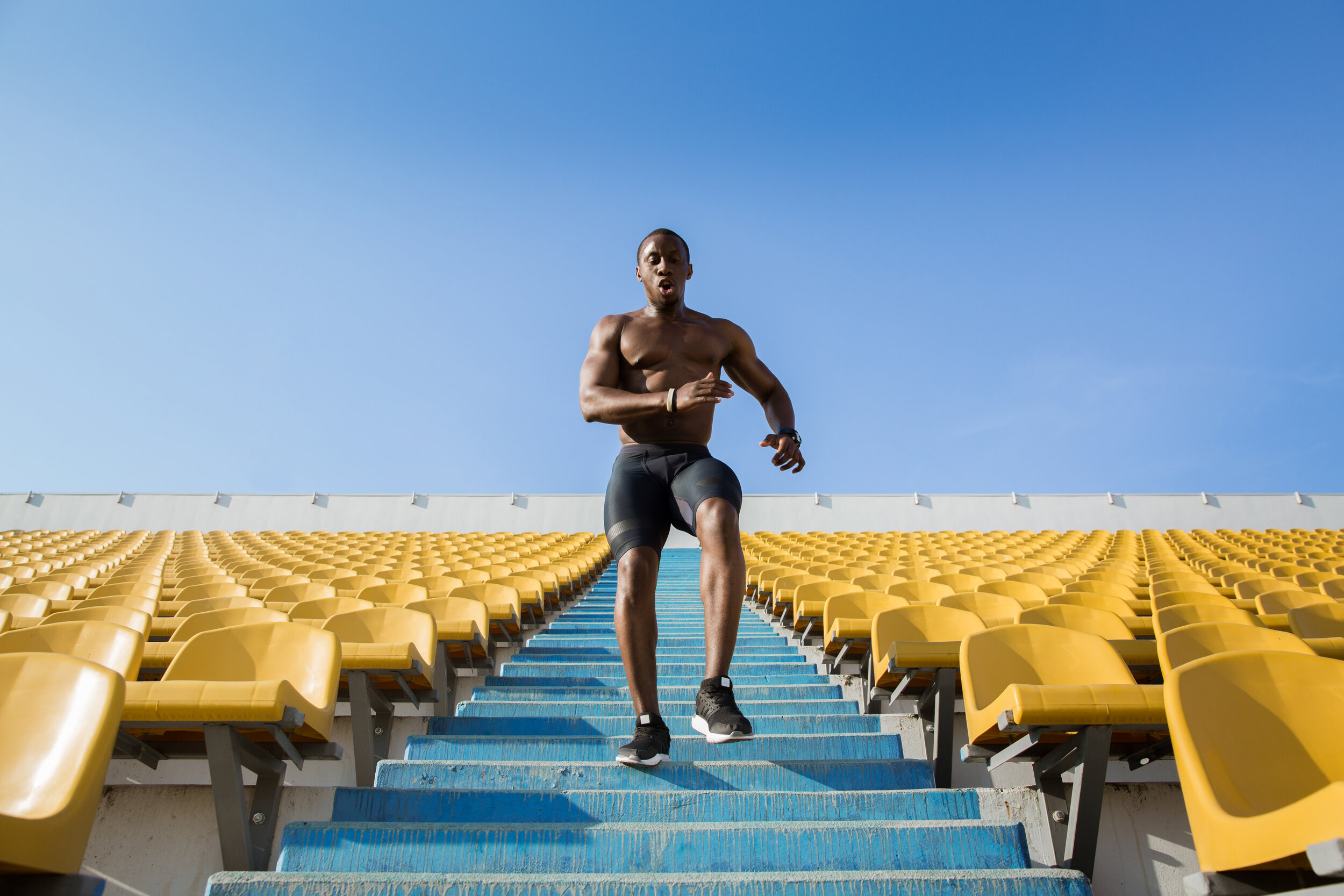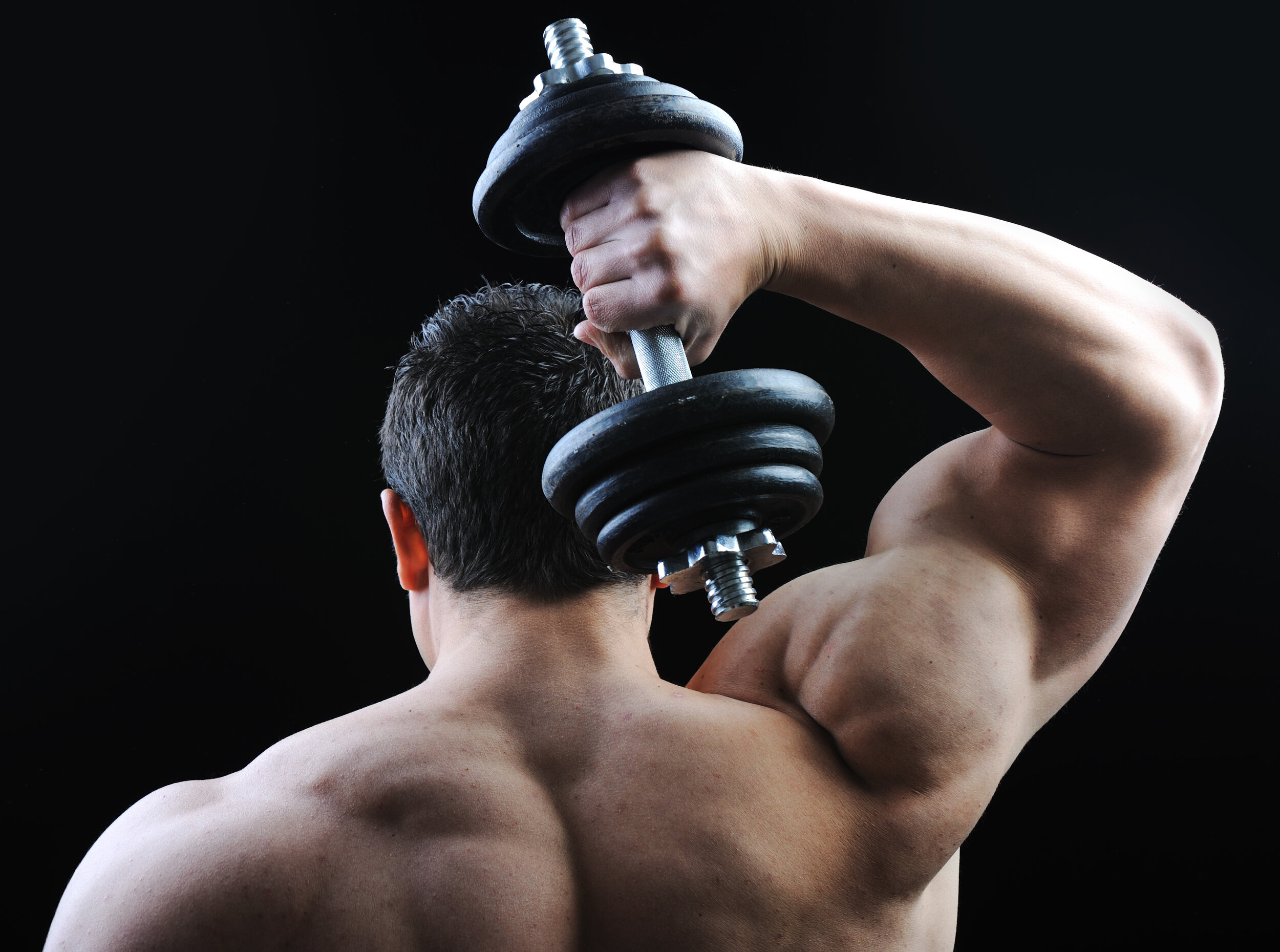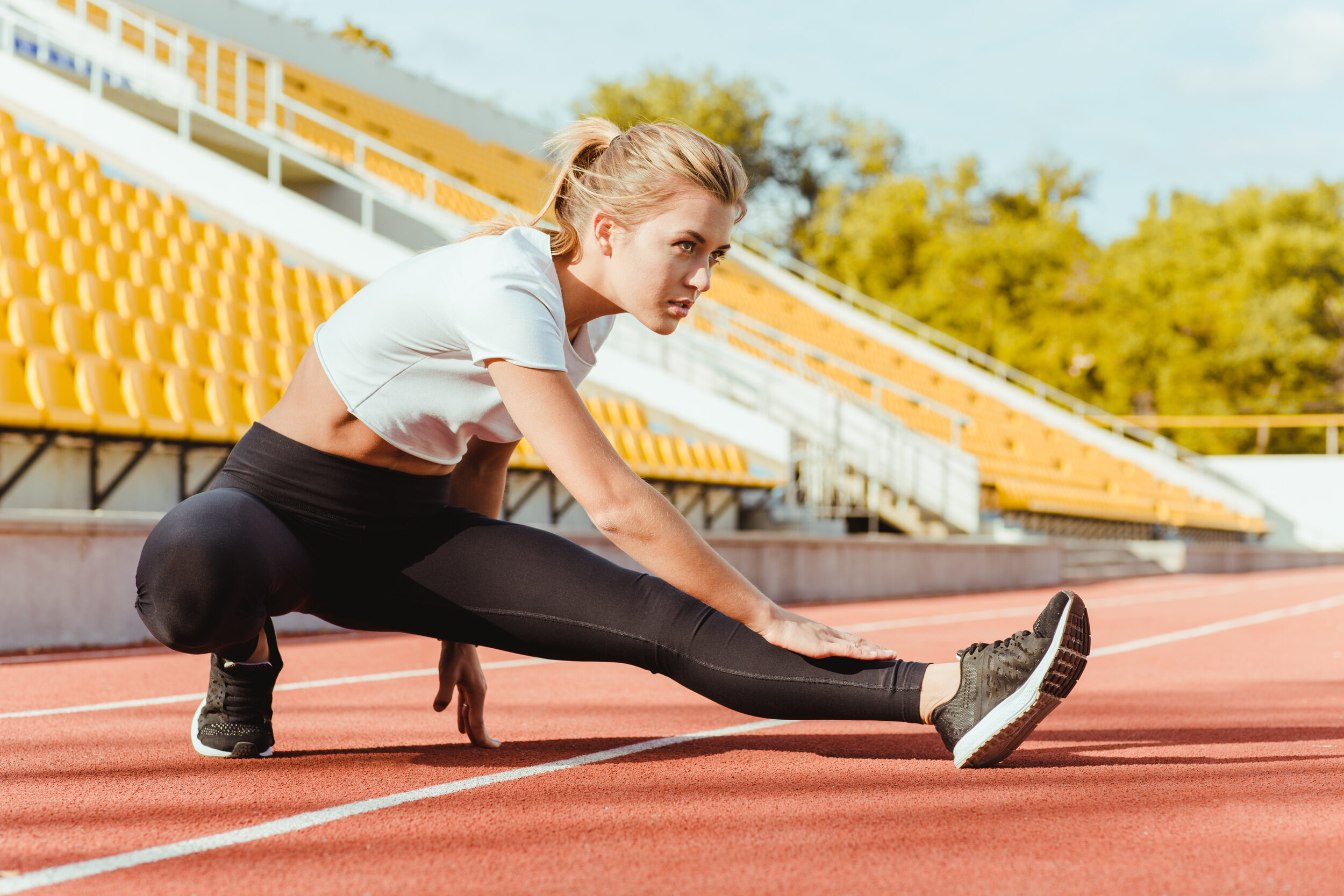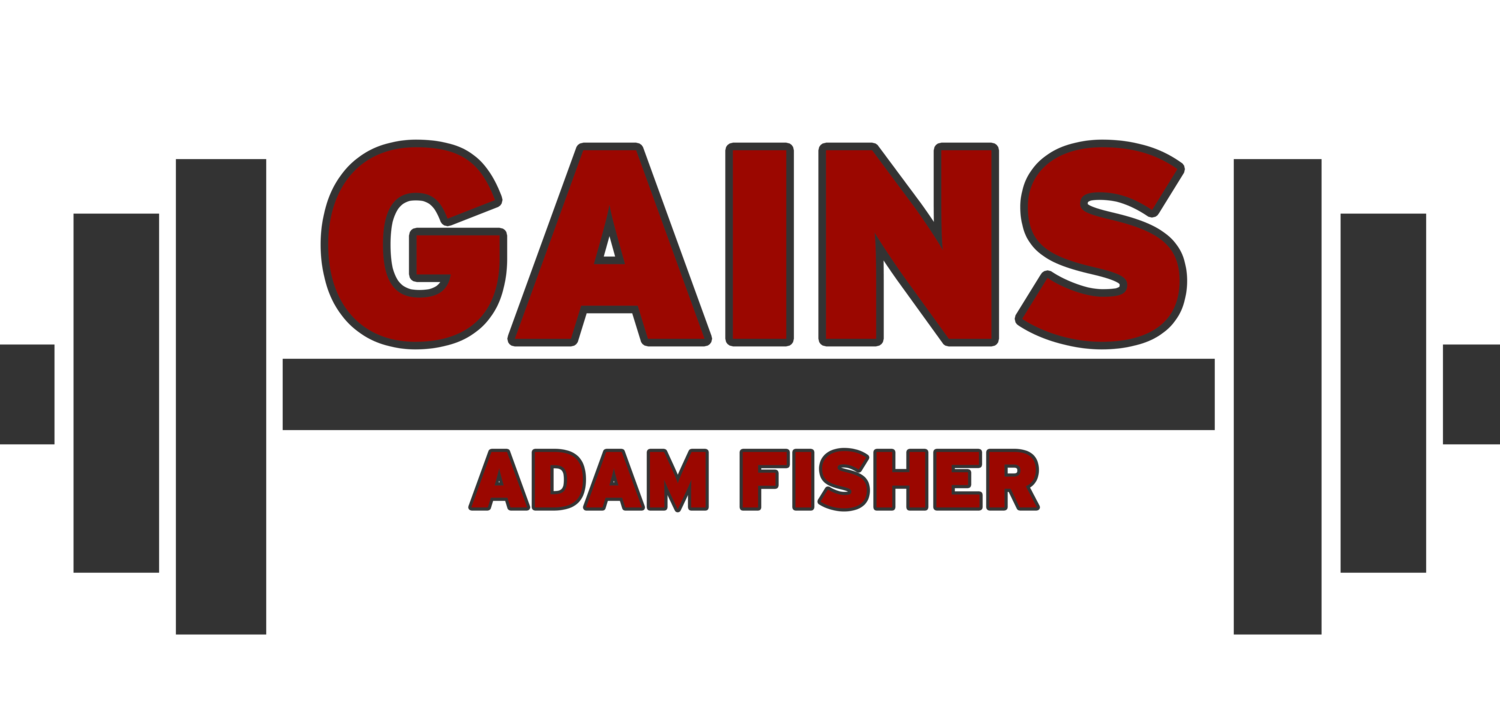

I Just Don't Like The Reverse Nordic Curl
The reverse nordic curl and the nordic curl have become especially popular recently becaue of the ongoing COVID pandemic and the fact that these are bodyweight exercises that can be done at home. Both of these exercises are tough and can be especially hard on the knees. The best thing you can do is listen to your body! If you don’t like an exercise or if it doesn’t feel right, there are plenty of alternatives out there.

The Squat Isn't For Everyone
Squats are generally seen as the must-do exercise for lower body development, and it’s often ignored by fitness professionals that some people do not enjoy or cannot perform them. Spine, hip, knee, and calve conditions/injuries commonly effect someone’s ability to squat. There are plenty of other exercises that develop the lower body that work better for these situations. Workout programs need to be built on exercises the individual wants to do and is safely capable of doing, even if it means that a popular or effective exercise like the squat isn’t included.

Do Athletes Make Boring Clients?
In personal experience, athletes - especially hobbyist or aspiring athletes - require little in terms of unique training methods, but are demanding and impatient in their relationship expectations with their trainer(s). “General population” clients have a huge range of limitations and needs, which makes their programs more tailored and specific, giving the trainer an opportunity to learn more about a wide range of fitness options. Of course some athletes can be great and interesting to work with, and general clients can be frustrating or boring. Every person is different and it’s important that as a trainer, you are open to learning many styles and continuously improving your knowledge of health and fitness.

Developing The Delts
The deltoids are an important muscle group that work in conjunction with the back, shoulders, and pectorals. They are a small muscle group and therefore they grow more slowly. Training them is a long term goal that requires patience, strict form, and more patience. The trapezius muscles (traps) are also key in developing the delts and are also difficult to isolate and train individually. There are many excercises that help specifically build up the delts and traps, but they can also be trained during your normal lifting routine. The posterior delts are the least targeted during regular training so if you want to develop the delts, make sure you focus on this area.

Training For The Hypermobile
Hypermobility is a condition where joints are unusually loose or unstable and often presents itself in people as excessively flexible bodies with poor proprioception (the sense of knowing what space your body is taking up and what it’s doing). The risk of injury that comes with hypermobility means that clients should focus on stability rather than flexibility, avoid extreme ranges of motion, be careful with controlling movement and form, and be aware that their strength will grow slowly. Personal trainers should familiarize themselves with common conditions like hypermobility in order to best support the wide range of individualization their clientele will need.
